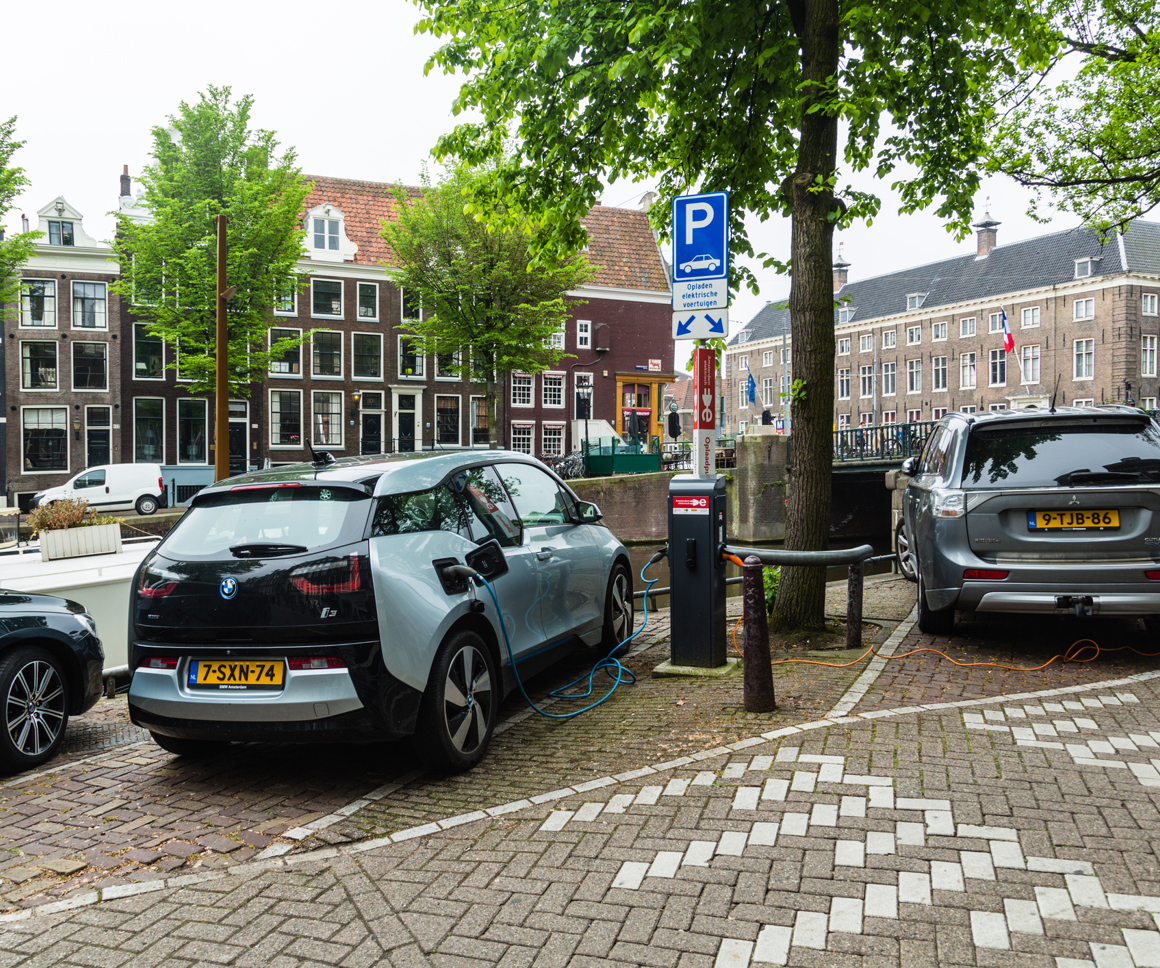Split-billing in the Netherlands
Energy transition Energy consultancy Customer & market insight EV charging research
A comprehensive assessment of split-billing in the Dutch market, providing our client with detailed insights to support their design of a reimbursement system.
The background
The client required insight on the split-billing market to create an effective auto-reimbursement mechanism that aligns with user need and regulatory frameworks. To do this, the client wanted to learn from the Dutch market. As the market will transition from Internal Combustion Engine (ICE) vehicles, that are usually supported by fuel cards, to EVs, a challenge arises where it is difficult to differentiate between household electricity and the electricity used to charge employee vehicles. There is therefore a requirement to enable a robust system that can accurately manage electricity usage for reimbursement.
What the client needed and their key question(s)
This report investigated:
- The prevalence of auto-reimbursement services among competitors.
- The customer journey for EV charging reimbursement.
- The process for managing the ‘customer journey’ of reimbursement (including payment methods, timing and operational details).
- The identification of the main service providers available to employees in the Dutch market.
- Policies and regulations that enable auto-reimbursement in the Dutch market.
- Commercial considerations and the potential for auto-reimbursement to be offered as a standalone option or part of a package option.
Our solution
Our team performed extensive desk-based research to understand the technical requirements and commercial considerations of split-billing. This research also gave insights into the player landscape, customer journey and regulatory context. We analysed the interaction between market players in addition to how the Netherlands market differs from other European markets.
Our impact
Our report gave a comprehensive overview of split-billing in the Dutch market and highlighted the roles of all players involved in the value chain. This gave the client detailed insights, when designing a reimbursement system. The client was highly satisfied with the outputs of the project.




